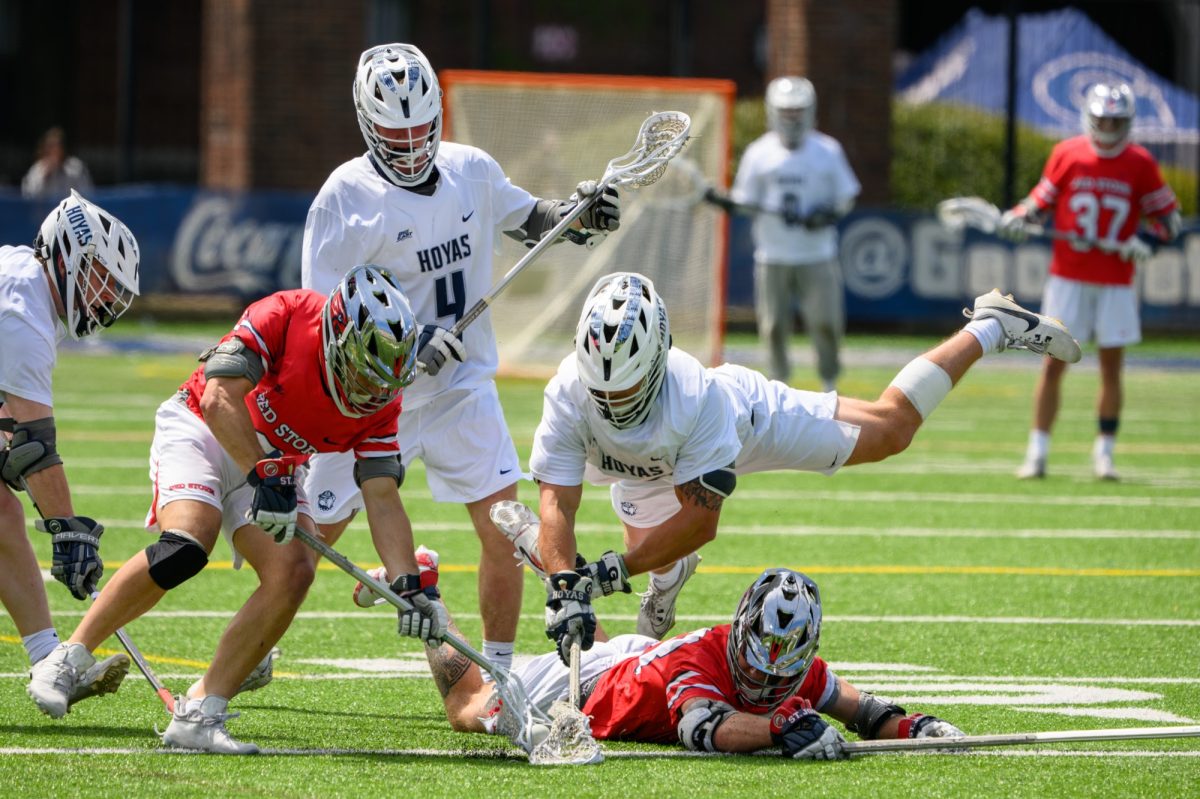Anyone who follows college sports should know that the judgment of the NCAA is, more often than not, highly questionable; Selection Sunday only furthered this mindset.
Although most, if not all, of the at-large teams could be generally agreed upon, the seeding and bracket seemed warped beyond belief. Undoubtedly, picking brackets, squabbling over seeds and trying to predict the mismatches and upsets in the round of 64 makes March Madness the year’s best sporting event. However, given recent strides in basketball analytics, the NCAA selection committee’s methodology is outdated and its choices in seeding reflects that lack of modernity.
The selection committee abides by a host of guidelines and balloting procedures to craft the field of 68. Because the champion of each conference tournament gets an automatic bid, the committee has 36 at-large bids to hand out on an annual basis. In general, the committee does a fine job; and even with a somewhat soft bubble this year, most — outside of Syracuse at least — believe the committee did a quality job.
Seeding the teams is a precarious task, evidenced by this year’s seemingly nonsensical seeds. A 30-4 Wichita State (30-4, 17-1, Missouri Valley) team is extremely under-seeded as a 10 despite being in the top 10 of the Pomeroy rankings and the top 20 of the AP and USA Today Coaches Poll. The same could be said of SMU (30-4, 17-1, American Athletic Conference); the Mustangs are a six seed despite having 30 wins, a regular season and conference tournament championship and top 15 rankings in all three polls mentioned above.
Meanwhile, certain teams from power conferences appear to be overrated in terms of seeding. For instance, Florida State (25-8, 12-6, Atlantic Coast), a three seed, racked up many quality wins in December and January. However, the Seminoles played .500 basketball against a subpar schedule for the season’s final month and have an AP, Coaches, and Pomeroy ranking that suggest the team should be about a five seed.
While seeding debates may appear to add fun to college basketball and March Madness, the mistakes are a result of outdated measures. The largest culprit is the Ratings Percentage Index, or RPI, which attempts to account for a team’s record through its strength of schedule. Critics point out that the formula, conceived in 1980, is arbitrary as it ignores important basketball information that more modern statistical rankings account.
In essence, RPI emphasizes a challenging schedule above all else, even though individual programs are given significant say over their yearly schedules. Coaches face a choice: play easier during reasonably challenging games to get their team into the swing of the season or risk early losses by playing the power five blue-bloods.
Strength of schedule should definitely matter, but it is hard to blame Wichita State for a weaker schedule when Kansas outright refuses to play them during the regular season. Kansas (28-4, 16-2, Big 12) plays a reasonably challenging schedule given their conference while Wichita State does not. Nevertheless, if the top-tier programs will not engage the top mid-majors, then the strength of schedule becomes a recurring tool to victimize the mid-majors.
In order to correct both the human biases of the committee and the coaches and athletic directors who schedule games, a definitive method must be used to determine the best teams and seed them properly. With the abundance of data and advanced analytics that have enabled Ken Pomeroy’s rankings to become the near industry standard, the NCAA can improve upon the status quo. When statistical pioneers met in January to discuss future updates and replacements for the RPI, one thing became clear: there is no perfect measure.
That is largely true. Even a composite index taking into account scheduling, winning, margins of victory, offensive and defensive efficiency and the like will never fully satisfy everyone, but it would probably improve upon the current status quo.
Seeding is, at least theoretically, supposed to reward better teams in the early rounds by allowing them to play weaker opponents. However, when a 10 seed is predicted to have a 70% chance to win against its seven-seed opponent (as Wichita State is against Dayton), the process is clearly flawed. In effect, this adversely affects Dayton (24-7, 15-3, Atlantic 10) and also Kentucky (29-5, 16-2, Southeastern), as they would have to face Wichita State in the Round of 32 should both the Wildcats and Shockers advance.
The one game variance in college basketball is high enough that the upsets that make March Madness so great would happen anyway; the selection committee does not need to let human error further distort an already random tournament.
Using an ineffective 1980s tool to solve a 2017 problem makes little to no sense. While the NCAA is generally averse to change, remaining set in past ways would truly be madness.














